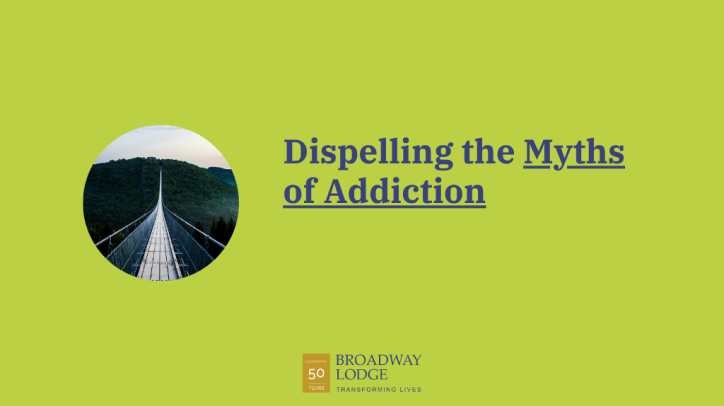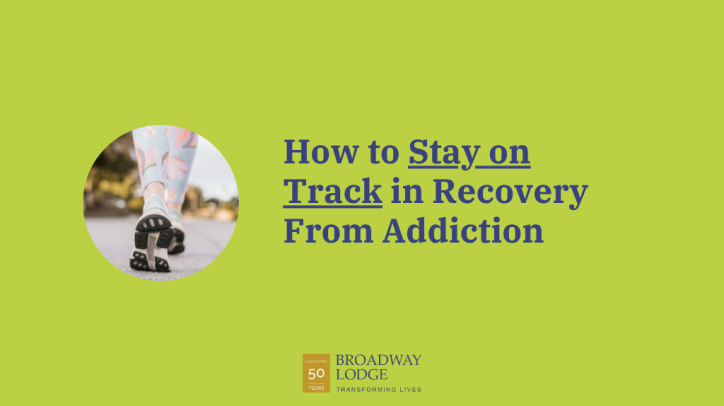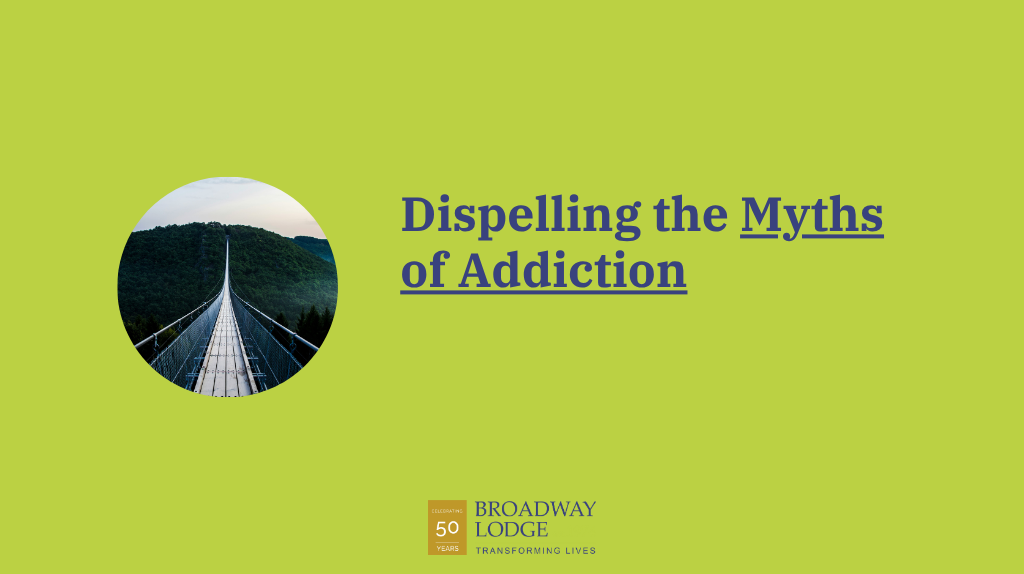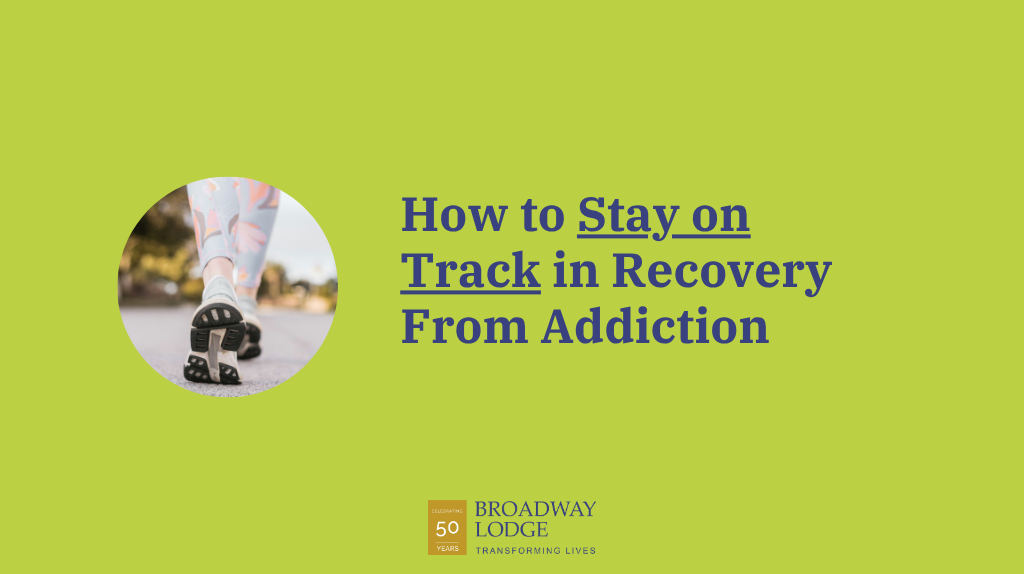It can be hard to understand why some people turn to self harm and suicide. Thankfully, more is now understood about these desperate behaviours.
Welcome media attention
During the recent Mental Health Awareness Week (8-14 May) and high-profile awareness-raising campaigns such as HeadsTogether we are all reminded about how we can help people affected by mental health problems. While self harm and suicide may not always be linked to a formal mental health diagnosis, they are always linked with forms of mental distress. They can be uncomfortable subjects – people find it difficult to know how to respond or help – but the overarching message, ‘it’s good to talk’, is an excellent start.
Who is affected?
While self harm is often considered prevalent amongst young people, it can affect people of all ages and backgrounds. Young people though are especially subject to certain pressures – image, popularity, conformity – which can be amplified via ever-present social media. As we approach school and university exam season, it is a sad fact that some will find the pressures unbearable. Figures about self harm can be difficult to determine because it is a broad category and by nature a secretive act. What we do know is that hospital admissions due to intentional self harm have been rising over the last decade. Similarly, suicide rates have been rising alarmingly; suicide is the biggest killer of men under 45.
How to recognise the signs
Reasons for self harm or suicide can be complex. Common feelings will include hopelessness, helplessness, isolation and worthlessness. Warning signs can be tricky to notice – some signs such as withdrawn behaviour, acting irritably or seeming depressed can occur in all people from time to time. Professionals advise that an abrupt change in usual behaviour can be most telling. Public Health England has found that people who die from suicide are usually not in contact with health services and often try to silently carry on while their ability to cope deteriorates. There are no easy answers. Showing people they are not alone is important. The act of reaching out to help can be an early intervention against destructive thoughts.
Self harm, Suicide and Addiction
Self harm is a form of addiction although it is not always recognised as such, and self harm, drug and alcohol addiction are risk factors for suicide. At Broadway Lodge we are deeply committed to supporting the health and well-being of all of our patients who suffer from addiction. Thoughts of self harm and suicide should never go unaddressed. Talking is an important first step. It may lead you to recognise that you or your loved one need professional treatment.












